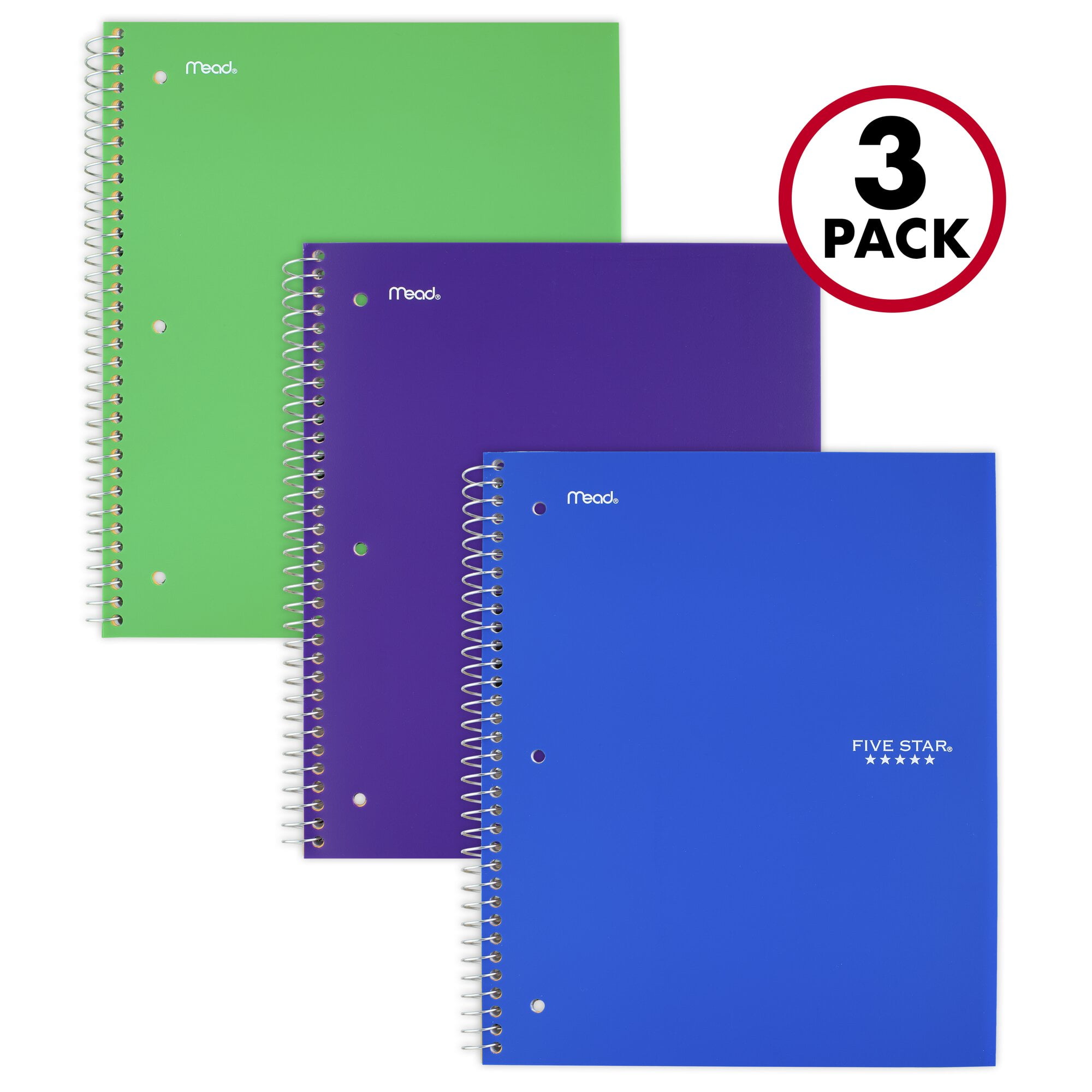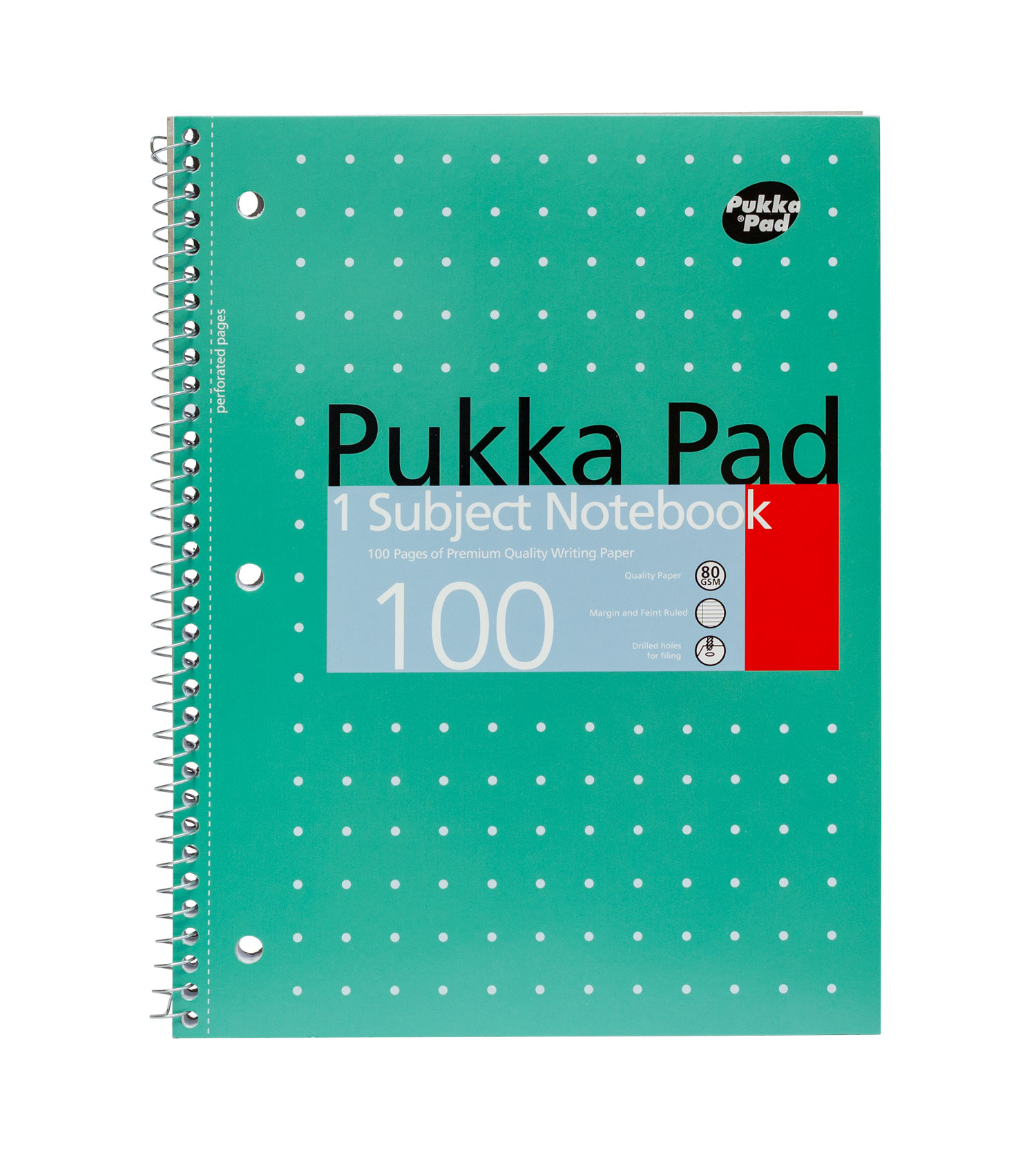

The net effect of these elastic collisions is that there is a transfer of kinetic energy across the boundary to the particles on the opposite side.


Being at the perimeter, their wiggling results in collisions with the particles that are next to them these are the particles of the container or of the surrounding air.Īt this perimeter or boundary, the collisions of the little bangers and wigglers are elastic collisions in which the total amount of kinetic energy of all colliding particles is conserved. Even the wigglers that are fixed in a position along the perimeter are doing some banging. At the perimeter, the little bangers are colliding with particles of another substance - the particles of the container or even the surrounding air. Just as the perimeter of your property (as in real estate property) is the furthest extension of the property, so the perimeter of an object is the furthest extension of the particles within a sample of matter. The container walls represent the perimeters of a sample of matter. The bangers are those particles that move through the container with translational kinetic energy and collide with the container walls. The wigglers are those particles vibrating about a fixed position. To put it more simply, matter consists of little wigglers and little bangers. This gives the particles vibrational kinetic energy and is the main form of kinetic energy for solids. But these particles can also vibrate about a fixed position. This is known as translational kinetic energy and is the main form of kinetic energy for gases and liquids. As mentioned previously in this lesson, these particles move throughout the space of a container, colliding with each other and with the walls of their container. These particles are in constant motion this gives them kinetic energy. To understand the answer, we have to think about matter as consisting of tiny particles atoms, molecules and ions. How does this happen? What is the mechanism that makes conductive heat flow possible?Ī question like this is a particle-level question. And other than the gain of energy, there is nothing else entering the cold water. Other than the loss of energy, there is nothing else escaping from the hot water. Only energy is transferred from the hot water to the cold water. There is nothing physical or material moving from the hot water to the cold water. Conductive heat flow involves the transfer of heat from one location to another in the absence of any material flow. In this instance, the transfer of heat from the hot water through the metal can to the cold water is sometimes referred to as conduction. Heat is transferred from the hot water to the cold water until both samples have the same temperature. Let's begin our discussion by returning to our thought experiment in which a metal can containing hot water was placed within a Styrofoam cup containing cold water. Is there more than one method of heat transfer? If so, then how are they similar and different than one another?.How does heat transfer work within the bulk of an object?.Why is thermal equilibrium always established when two objects transfer heat?.What is happening at the particle level when energy is being transferred between two objects?.Now we should probe some of the following questions: Finally, we have explored a thought experiment in which a metal can containing hot water is placed within a Styrofoam cup containing cold water. The discussion of heat transfer has been structured around some everyday examples such as the cooling of a hot mug of coffee and the warming of a cold can of pop. The heat transfer continues until the two objects have reached thermal equilibrium and are at the same temperature.

It is the temperature difference between the two neighboring objects that causes this heat transfer. You have hopefully adopted an understanding of heat as a flow of energy from a higher temperature object to a lower temperature object. The more the particles vibrate, translate and rotate, the greater the temperature of the object. Temperature is a measure of the average amount of kinetic energy possessed by the particles in a sample of matter. These motions give the particles kinetic energy. You should be developing a model of matter as consisting of particles which vibrate (wiggle about a fixed position), translate (move from one location to another) and even rotate (revolve about an imaginary axis). If you have been following along since the beginning of this lesson, then you have been developing a progressively sophisticated understanding of temperature and heat.


 0 kommentar(er)
0 kommentar(er)
